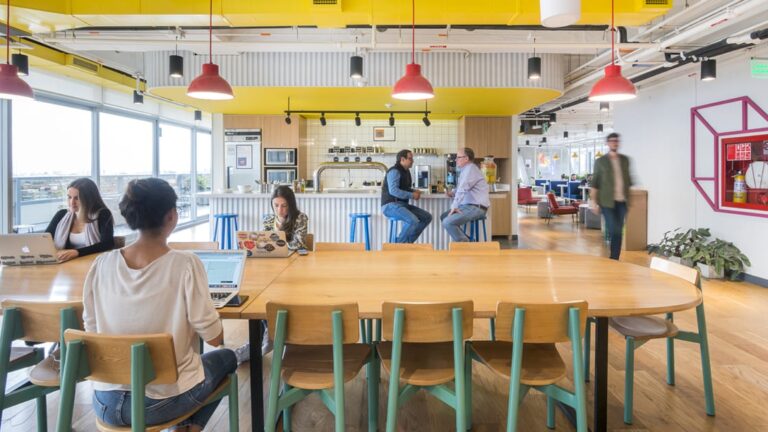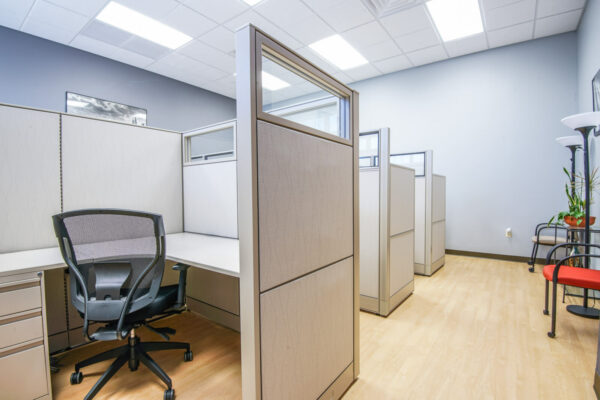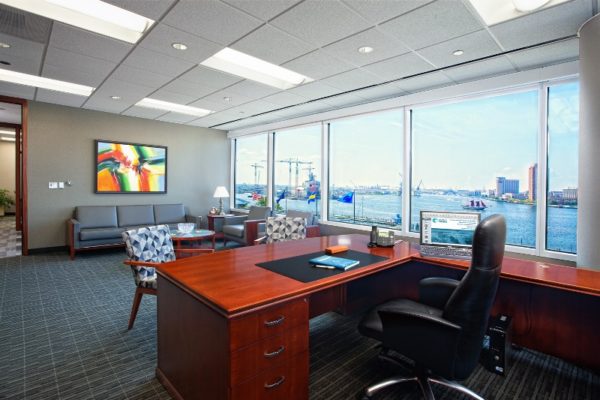Industrial lighting plays a crucial role in providing proper illumination and creating a safe and productive work environment in industrial settings. Whether it’s a manufacturing facility, warehouse, or production plant, adequate lighting is essential for optimizing productivity, ensuring worker safety, and enhancing overall efficiency. In this article, we will delve into the world of industrial lighting, its importance, and the various lighting solutions available for industrial spaces.
The Significance of Industrial Lighting
- Safety: Industrial environments often involve complex machinery, hazardous materials, and intricate tasks. Adequate lighting is essential to prevent accidents and ensure the safety of workers. Well-lit work areas reduce the risk of slips, trips, and falls, while proper illumination of machinery and equipment enhances operational safety.
- Productivity: Good lighting significantly impacts employee productivity and performance. Insufficient or poor-quality lighting can lead to eyestrain, fatigue, and reduced focus, resulting in decreased productivity. On the other hand, well-designed lighting solutions that provide the right levels of illumination contribute to a comfortable and efficient work environment.
- Accuracy and Quality Control: Industrial processes often require precision and attention to detail. Proper lighting helps workers accurately perform their tasks, ensuring quality control and minimizing errors. Adequate illumination is especially crucial in tasks involving inspection, assembly, and fine workmanship.
- Energy Efficiency: Industrial lighting represents a significant portion of energy consumption in industrial facilities. By adopting energy-efficient lighting solutions, such as LED technology, industrial spaces can reduce energy consumption and lower operating costs. LED lighting offers longer lifespans, lower maintenance requirements, and superior energy efficiency compared to traditional lighting options.
- Adaptability and Flexibility: Industrial environments often require versatile lighting solutions to accommodate different activities and changing needs. Lighting systems that offer dimming capabilities, adjustable angles, and programmable controls allow for flexibility in creating optimal lighting conditions for various tasks and work areas.

Industrial Lighting Solutions
- LED Lighting: LED technology has revolutionized industrial lighting with its numerous advantages. LED lights are energy-efficient, have long lifespans, emit less heat, and offer superior lighting quality. They are well-suited for industrial settings due to their durability, resistance to shock and vibrations, and low maintenance requirements.
- High-Intensity Discharge (HID) Lighting: HID lighting, such as metal halide and high-pressure sodium lamps, has long been used in industrial applications. These lights provide high lumen output and are suitable for large spaces with high ceilings. However, they have longer warm-up times, lower energy efficiency, and shorter lifespans compared to LED lighting.
- Task Lighting: Task lighting involves providing focused illumination to specific work areas where detailed tasks are performed. It helps improve visibility and accuracy. Task lighting solutions include adjustable desk lamps, under-cabinet lighting, and portable task lights that can be directed to specific workstations.
- Natural Lighting and Skylights: Integrating natural lighting through skylights or large windows is an effective way to enhance the overall lighting in industrial spaces. Natural light not only reduces energy consumption but also improves the well-being and mood of workers. However, it is essential to balance natural lighting with artificial lighting to ensure consistent illumination throughout the day.
- Motion-Activated Lighting: Motion-activated lighting systems are ideal for areas with intermittent occupancy, such as warehouses or storage spaces. These systems use sensors to detect movement and automatically turn on or adjust the lighting. This not only enhances energy efficiency but also improves safety by ensuring adequate lighting when workers are present.
Conclusion
Industrial lighting is a critical aspect of creating a safe, productive, and efficient work environment. It directly impacts employee safety, productivity, and the overall quality of work. By investing in appropriate lighting solutions, such as LED technology, task lighting, and motion-activated systems, industrial spaces can optimize their lighting conditions while reducing energy consumption and operating costs. Prioritizing the implementation of well-designed industrial lighting systems will contribute to a positive work environment, enhanced productivity, and a safer workplace for all.








